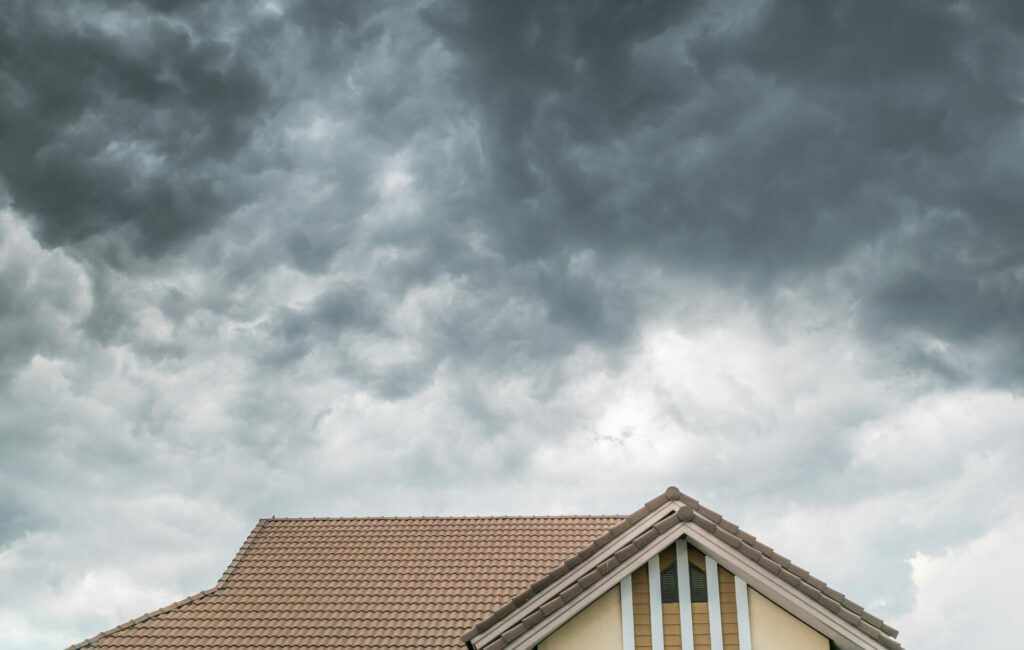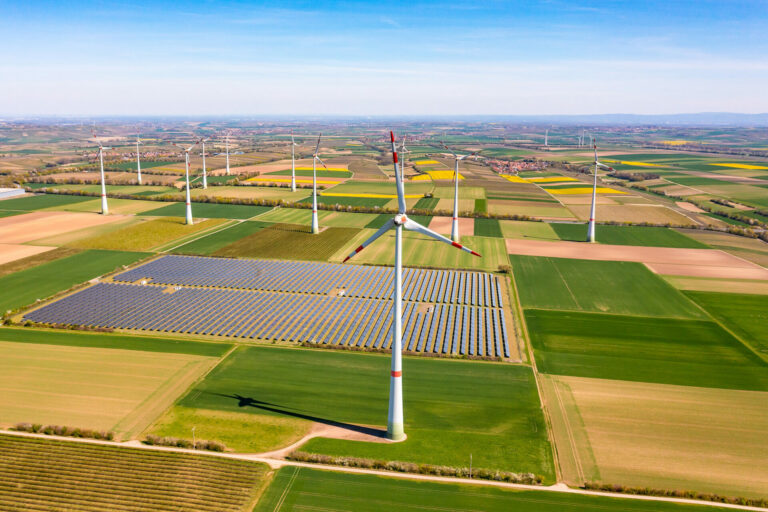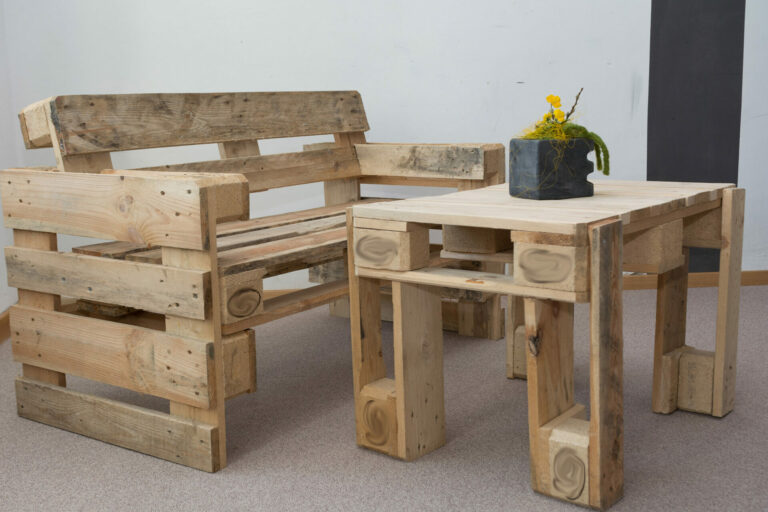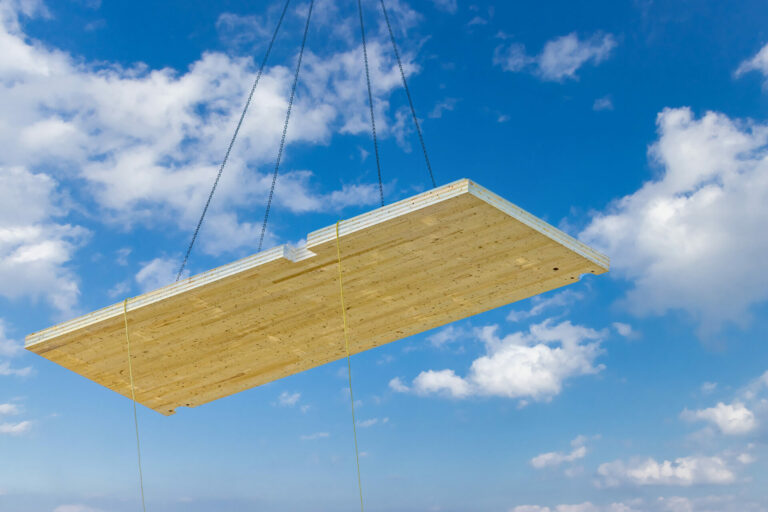Buildings, in general terms, are very well designed. Much work, skill and forethought go into every aspect of their design and construction. From materials and orientation to structure, shape, and composition, rarely are any stones left unturned. As an industry, construction has adapted to what is needed at the time. Materials and design features are as much about style and aesthetics as they are about necessity. Structures are standing documents to the era in which they were built, and as the construction industry seeks to evolve once more, that is likely to continue. Alongside the need for sustainable materials and cost-effective building techniques is another consideration, however. The context within which structures are created is of equal, and possibly greater importance. Take for example the raised buildings that stand over rising sea levels, or the reinforced buildings designed to withstand earthquakes. Clearly, in instances such as these the context is of vital importance.
For many years these considerations were important, but niche. The need to factor in environmental events were low on the list when designing houses and large-scale structures. However, recent events have changed that. While weather proofing has always been a necessary component in building, it has usually consisted of angled roofs and insulation. It is only with the increase of unpredictable and frequently devastating natural weather events that the situation can become slightly more dangerous. In the U.S., flooding, hurricanes, and earthquakes are very real considerations that can greatly impact the longevity of a building. Furthermore, with evidence of geological changes happening on a wider scale, communities are now seeing an increase of these weather events in both number and intensity. The need to adapt with the landscape has never been more important. Thankfully, those within the industry are already making headway. The results are climate responsive houses. Structures in which the architectural decisions reflect the particular region-specific weather conditions of a particular area. Design, insulation, reinforced windows and vents are just some of the ways buildings are adapted to meet the environmental needs of its proposed location.

In terms of how these buildings are designed, we can look to a number of sources. The meteorological office in Ireland, for example, has recently completed a series of reports that are based on past weather patterns and climate change models. The resulting information is being used to guide best practice and future building standards in the country. According to Keith Lambkin, head of the office’s climate services division, the study offers a road map for the future of climate guided construction. “One of the issues we cover is overheating. In Ireland we’re used to building to retain heat, but we have to design buildings to let heat escape. That’s particularly important in buildings such as nursing homes and hospitals where people spend most of their time indoors. But it’s also true for built-up urban areas which can become ‘heat islands.’ All those glass buildings need a rethink. Additionally, a different type of brick will work better in your house if where you live is subject to a lot of driving rain. That’s the kind of information that’s needed for climate resilient construction.”
“With a growing acceptance that adverse weather conditions have increased in recent decades, the need to proactively protect homes and structures is clear.”
While we may prefer things to remain as they always have, particularly in cases of negative global change, the statistics are clear. Climate change is resulting in an increase of extreme weather conditions. According to Kai Kornhuber, a lecturer and research scientist at Columbia University, these weather conditions are worsening in a number of key metrics. Heat extremes are getting more frequent, more severe; precipitation extremes are getting more frequent, more severe. Fire weather, which is linked to wildfires, is getting more frequent, more severe, more areas that didn’t see these conditions before.” In this context, we gain an understanding of the potential that science and data can bring to the conversation. With a growing acceptance that adverse weather conditions have increased in recent decades, the need to proactively protect homes and structures is clear. So, what is it that science can offer in supporting —and preparing— the construction industry? It seems that in addition to the careful monitoring of data, technology can also play an incredibly useful role.
A recently published study has collected and used hundreds of years of data to assist engineers and architects in the intricate nature of simulations. By analyzing and collating historical data, these simulations can predict the direction, location, and intensity of future storms which then feeds into the development of improved building codes in hurricane-prone regions. However, the key difference in this study was that, through the use of AI, the scope and magnitude of the study was far in excess of what had previously been possible. Rather than mathematically ‘building’ a storm model, as was the traditional method, the machine was taught to mimic actual hurricanes. Adan Pintar, a NIST mathematical statistician and study co-author said, “Imagine you had a second Earth, or a thousand Earths, where you could observe hurricanes for 100 years and see where they hit on the coast, how intense they are. Those simulated storms, if they behave like real hurricanes, can be used to create the data in the maps almost directly.”

The methods used to generate these simulations was meticulously planned and organized. By splitting data such as wind speed, direction, and the coordinates of the storm’s path into sets, the machine constructed models based on pattens and datasets that would previously have been missed. In real terms, the value of this new information cannot be understated. According to the National Center for Environmental Information, the total cost of rebuilding and repairing damage caused by climate disasters in the United States last year was $171.5 billion. Incredibly, this figure consisted of more than a dozen climate events that cost at least $1 billion each. The question now needs to be, how can we use this data to enhance and protect the structures we build around the world? Industry figures believe that it is vital that these weather prediction models can be incorporated into the newest building codes. Armed with additional knowledge, forecasters can now accurately predict the increasing needs of structures in hurricane zones. For those at the National Institute of Standards and Technology, the need for an increasingly coordinated approach between code committees and the scientific community has never been greater. “Each year, communities across the United States are devastated by disasters. As the frequency, severity, and cost of many of these disasters continues to increase, new collaborations and innovative solutions are needed to reduce risk.”
With billions of dollars at stake every year, coupled with the obvious risk to the safety of inhabitants, one thing is clear. New technology can offer positive alternatives to the industry. The knock-on effect of these studies is not limited to building codes, however. In far simpler terms, building materials, safety considerations, and building locations can all benefit at ground level. The research being conducted at NIST can have an impact on a global level, but it is also something that should benefit the industry, the homeowner, and the economy.


















